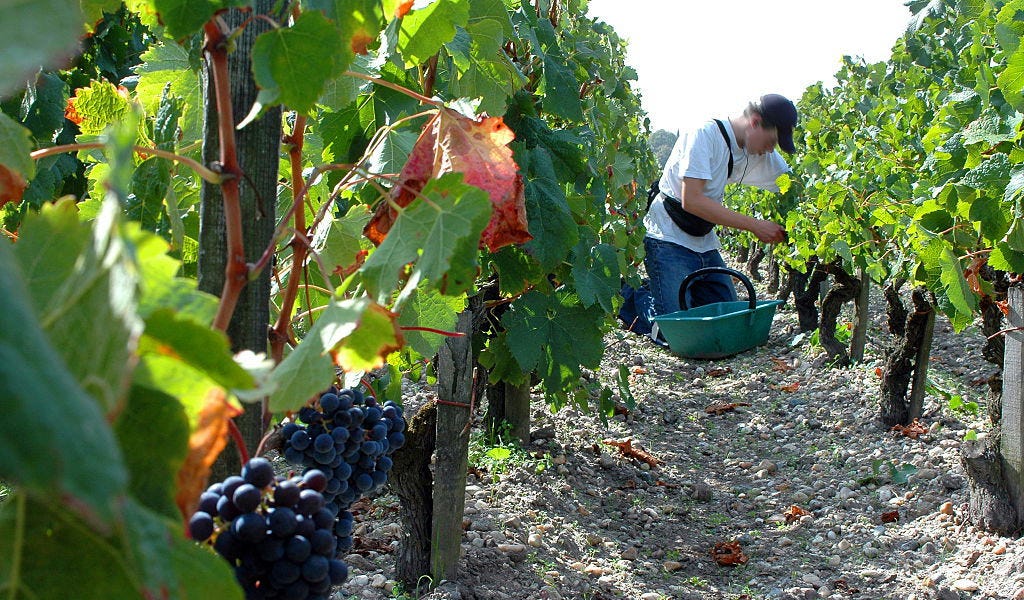In 1797, Alfred Flinoy, a French trader, snapped up a castle badly damaged during the French Revolution. Sacked and crumbling, the château needed serious work. But more than 100 hectares of grains, woods, and vineyards dating to the twelfth century promised to pay the bills.
Sixty miles from the Bordeaux coast, Château Castelneau and its vineyards passed through eight generations of Flinoy’s family. Those eight generations produced consistently good table wines—a well-respected, wholly unremarkable operation.
In 1988 the merchant’s great-great-great-great-great-great grandson, Loïc de Roquefeuil, moved in. De Roquefeuil found “extraordinary joy” in taking over the estate, he said. He and his wife Diane renovated Castelneau’s cantina and built up a rigorous schedule of tastings and events. They had four children, while nudging production of the family’s Bordeaux reds and whites north of 200,000 bottles a year. (Not unrelatedly: “More wine helps people to make more children,” de Roquefeuil told me.)
During the pandemic de Roquefeuil, now 73 years old, began to talk to his children in earnest about succession. “We have worked this land for nine generations,” he said. “I wanted to arrive at the tenth.”
The junior de Roquefeuils gave him an unequivocal answer: “It is too complicated; it is not lucrative enough; we will not take Castelneau over. Papa, you have to stop.”
So effectively, he has.


Dining and Cooking